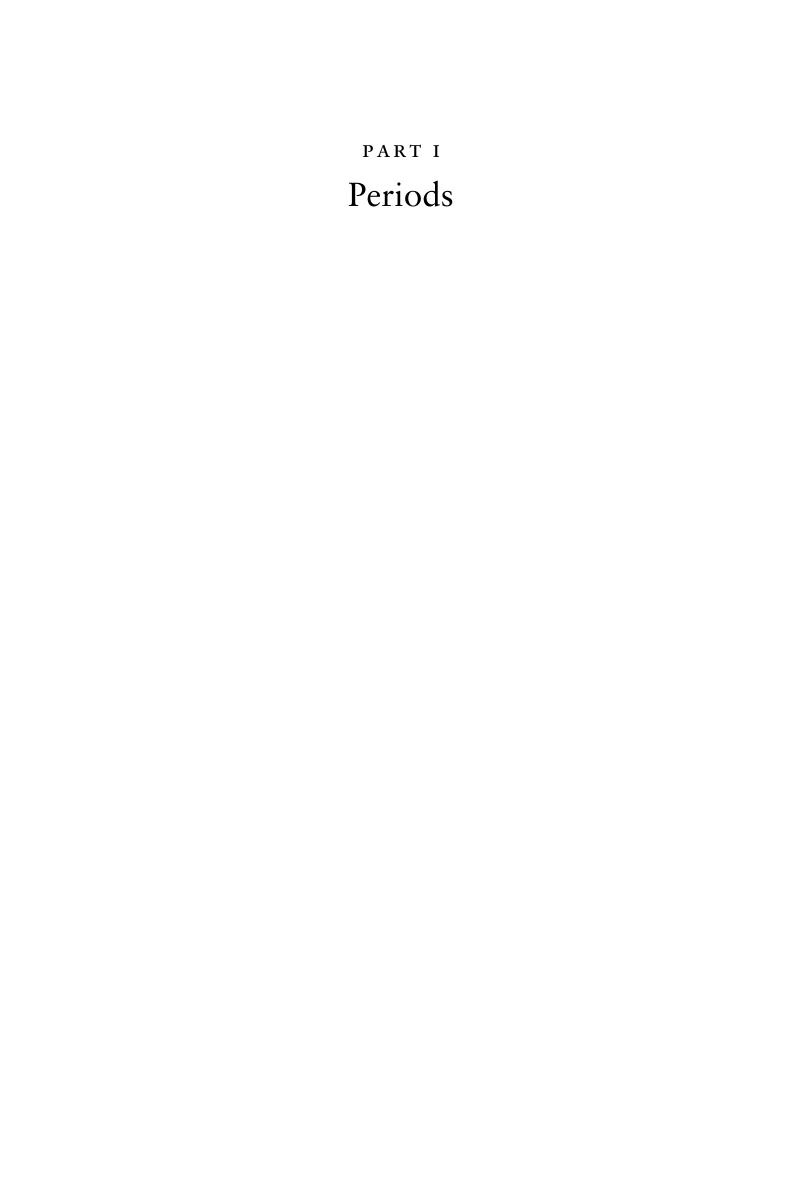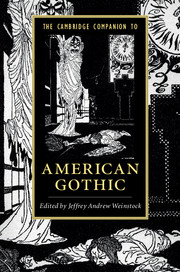Book contents
- The Cambridge Companion to American Gothic
- The Cambridge Companion to American Gothic
- The Cambridge Companion to American Gothic
- Copyright page
- Dedication
- Contents
- Contributors
- Figures
- Acknowledgments
- Introduction
- Part I Periods
- Part II Identities and Locations
- Part III Genre and Media
- Index
- Cambridge Companions to …
- References
Part I - Periods
Published online by Cambridge University Press: 20 November 2017
- The Cambridge Companion to American Gothic
- The Cambridge Companion to American Gothic
- The Cambridge Companion to American Gothic
- Copyright page
- Dedication
- Contents
- Contributors
- Figures
- Acknowledgments
- Introduction
- Part I Periods
- Part II Identities and Locations
- Part III Genre and Media
- Index
- Cambridge Companions to …
- References
Summary

- Type
- Chapter
- Information
- The Cambridge Companion to American Gothic , pp. 13 - 82Publisher: Cambridge University PressPrint publication year: 2017



